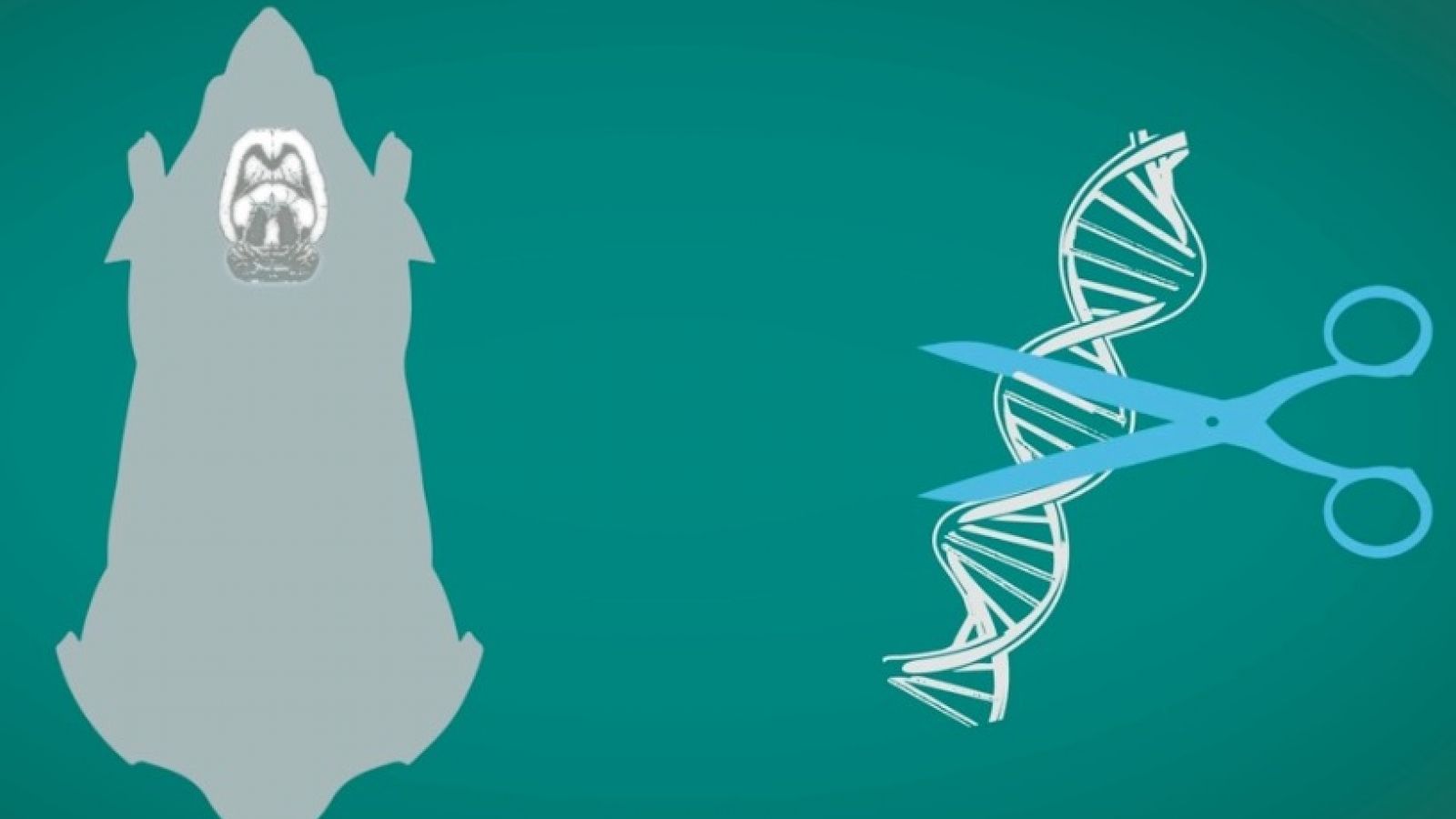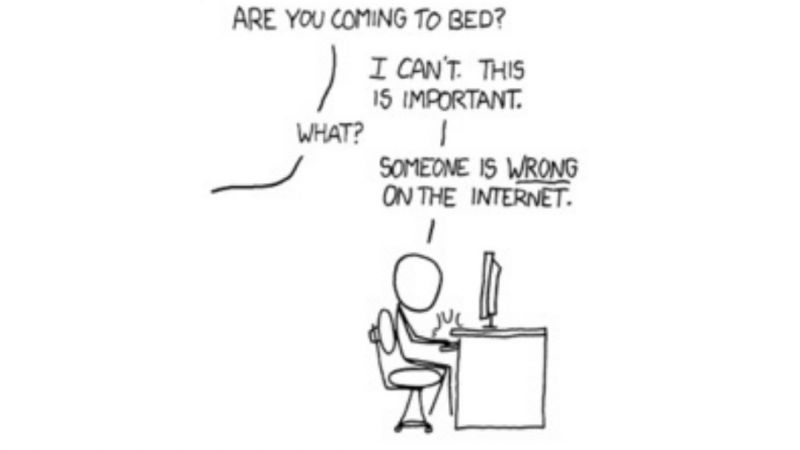
Dispelling myths around animal research
Making sense of animal research in the UK - a policy-maker's guide
UAR commissioned an animation with politics.co.uk to explain aspects of animal research to the websites readers. The film script can be seen below and the film can be downloaded from our website here.
Script
The UK is home to a great deal of scientific research some of which uses animals.
Animals are studied to understand how biological and environmental systems work.
Scientists can then use that knowledge to create human and animal medicines.
Or guidelines for healthy living.
In the UK, there are strict laws about the use of animals. It is illegal to use an animal for an experiment if there is an alternative, such as a computer model.
Scientists are not allowed to use an animal to test cosmetics
Or do tobacco research
Or use a great ape.
Around half of experiments are the breeding of genetically manipulated animals – mainly mice. This could mean:
The birth of the animal
The fertilisation of an animal
Or the birth of an animal likely to develop a disease
For example, GM “knockout” mice can have a gene removed to see what that gene does.
Specially bred ‘mice have also allowed us to test that a vaccine for malaria, which kills more than half a million people a year, doesn’t damage human organs.
Animal research also gives us veterinary medicines like vaccines for badger tuberculosis, Canine distemper and Feline leukaemia.
Insulin – used to treat type 1 diabetes - was discovered using dogs, which are also affected by the disease - there are 14,000 diabetic dogs alive in the UK as a result of insulin.
In fact, practically every human and animal medicine has been developed using animals.
Animals can tell us so much about our common – or “conserved” - biology because we evolved from a common ancestor.
For instance, pig insulin varies from human insulin by just one amino acid, and was used for most of the 20th century to keep people with diabetes alive.
In the future, it is hoped that there will be further technological alternatives available to animals in research, such as this artificial airway developed by scientists from the United States.
In the UK, investment in finding alternatives is led by the National Centre for the 3Rs. The “3Rs” stand for “Reduction, refinement and replacement”.
In other words:
Reducing the number of animals used in an experiment
Refining experiments so that suffering is reduced or removed
And developing technologies which can replace animals altogether
However, for now we still need to use animals in medical, veterinary and environmental research, so we have a strict system of licensing.
In 2014, more than 80 of the biggest organisations that do animal research in the UK pledged to be more open about their work so the public can understand how and why research is conducted.
We hope that these efforts will help members of the public make up their own mind about what they think about animal research.
Last edited: 29 July 2022 10:37

